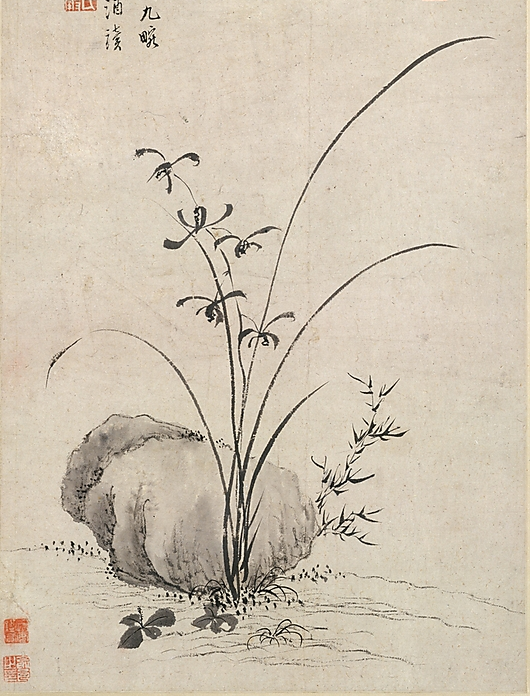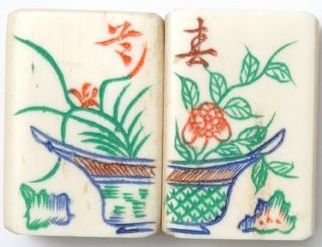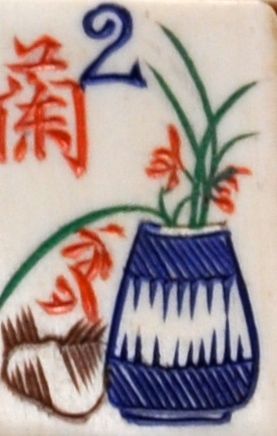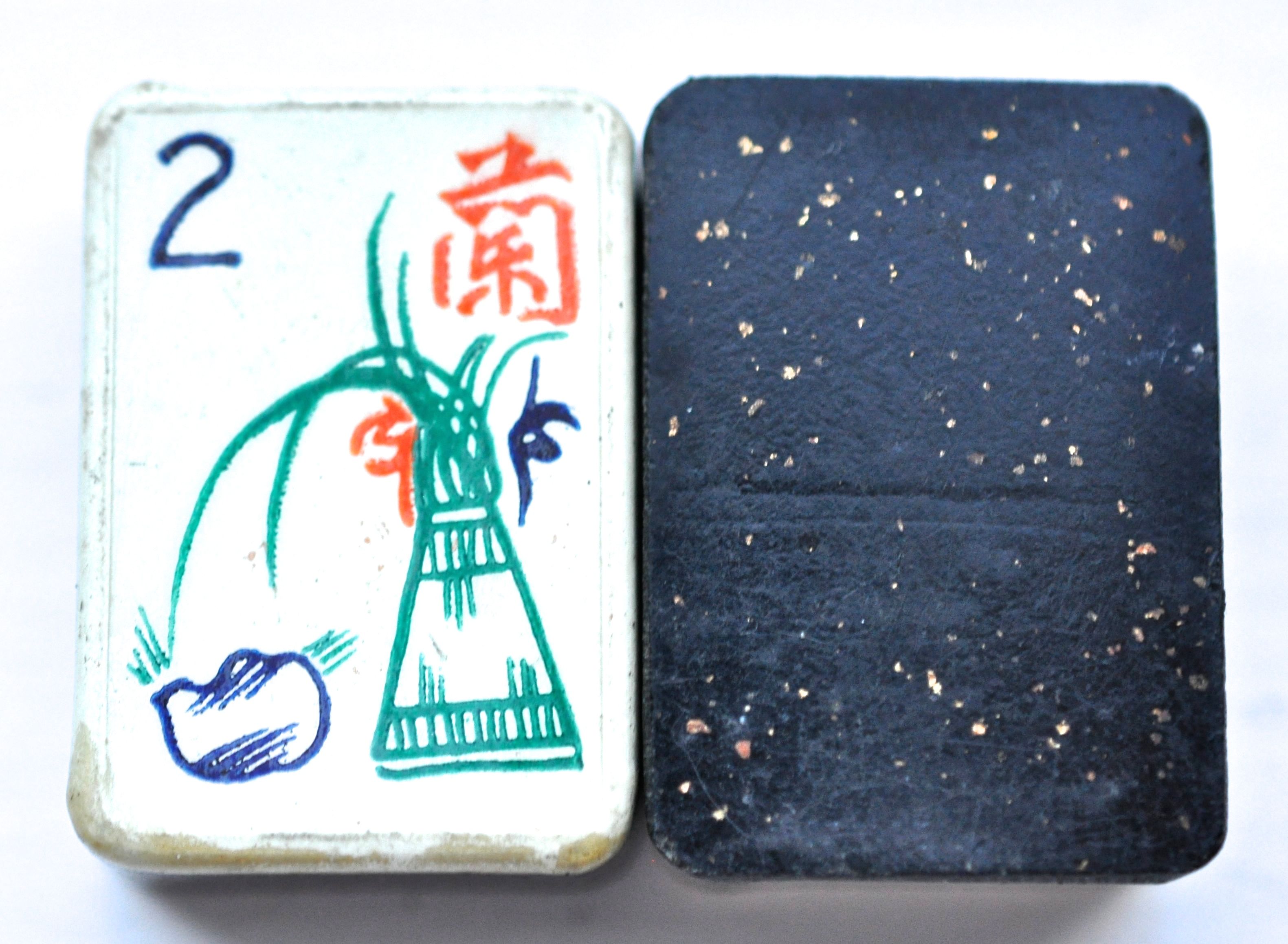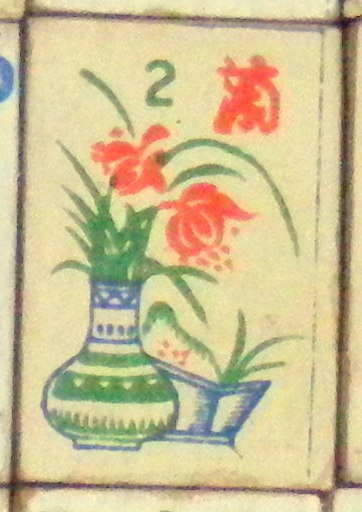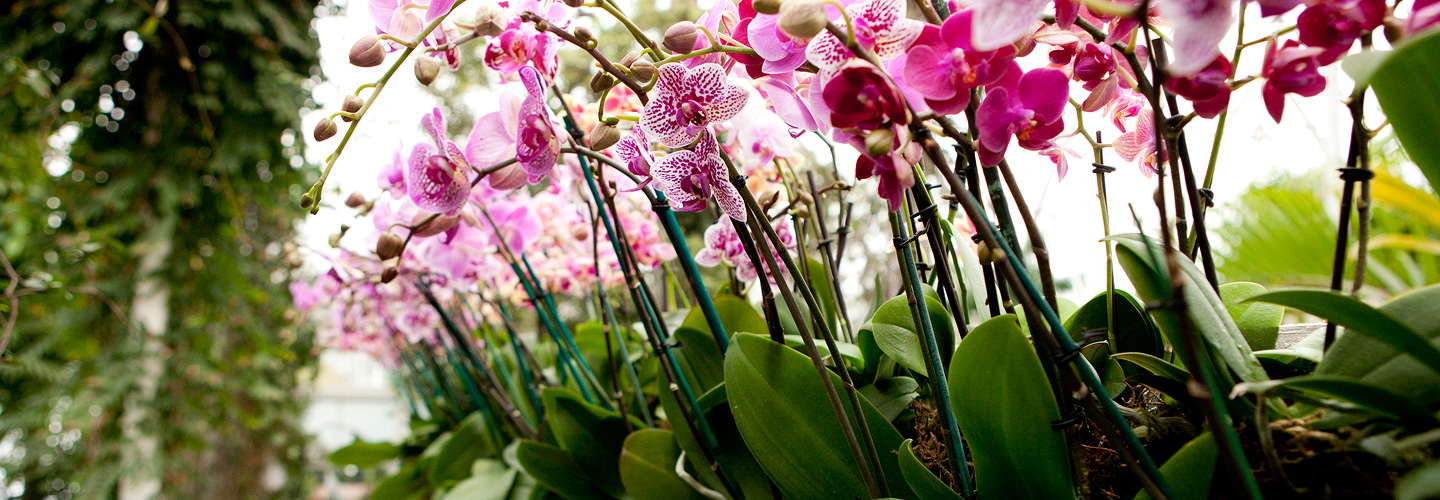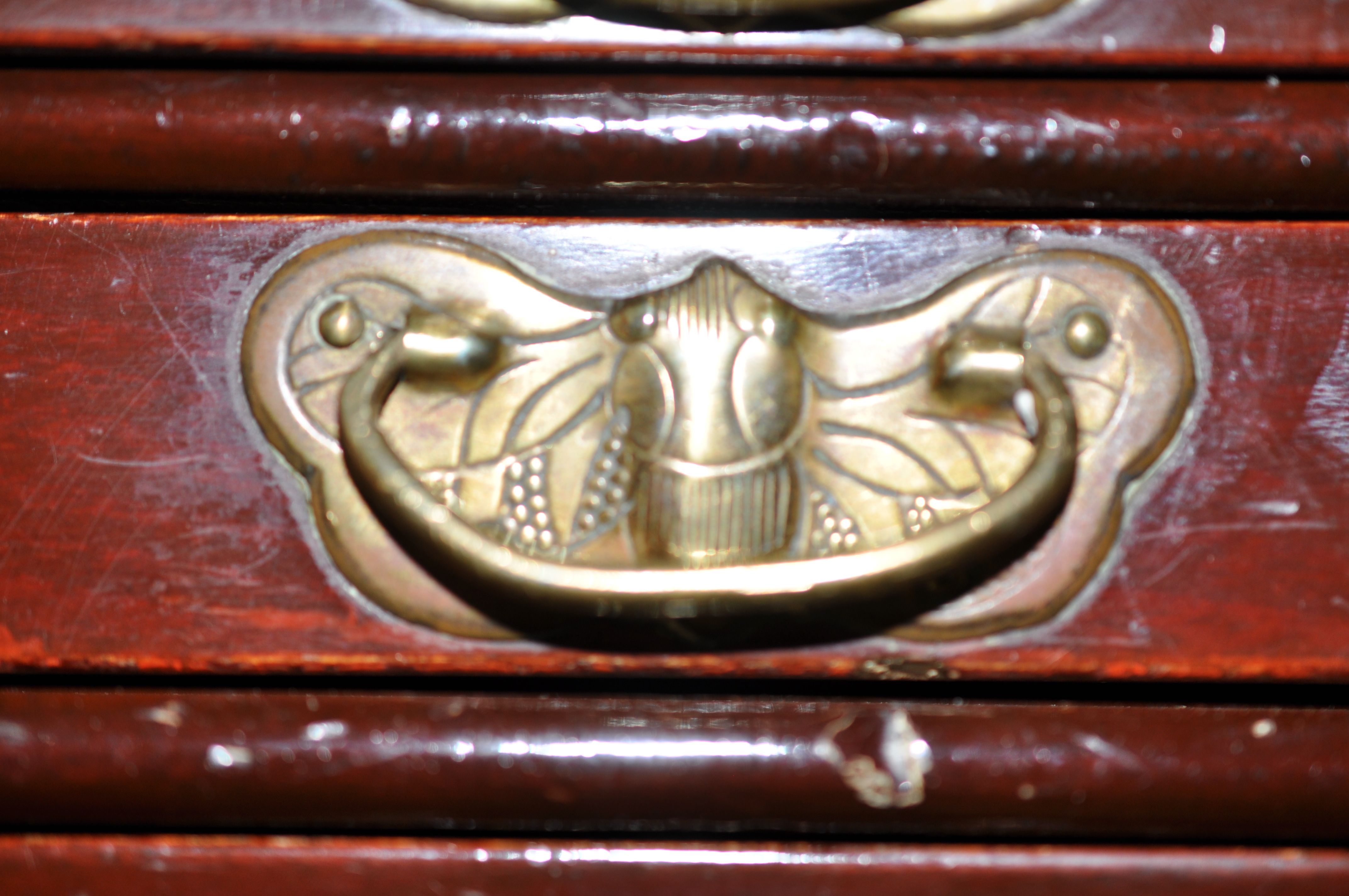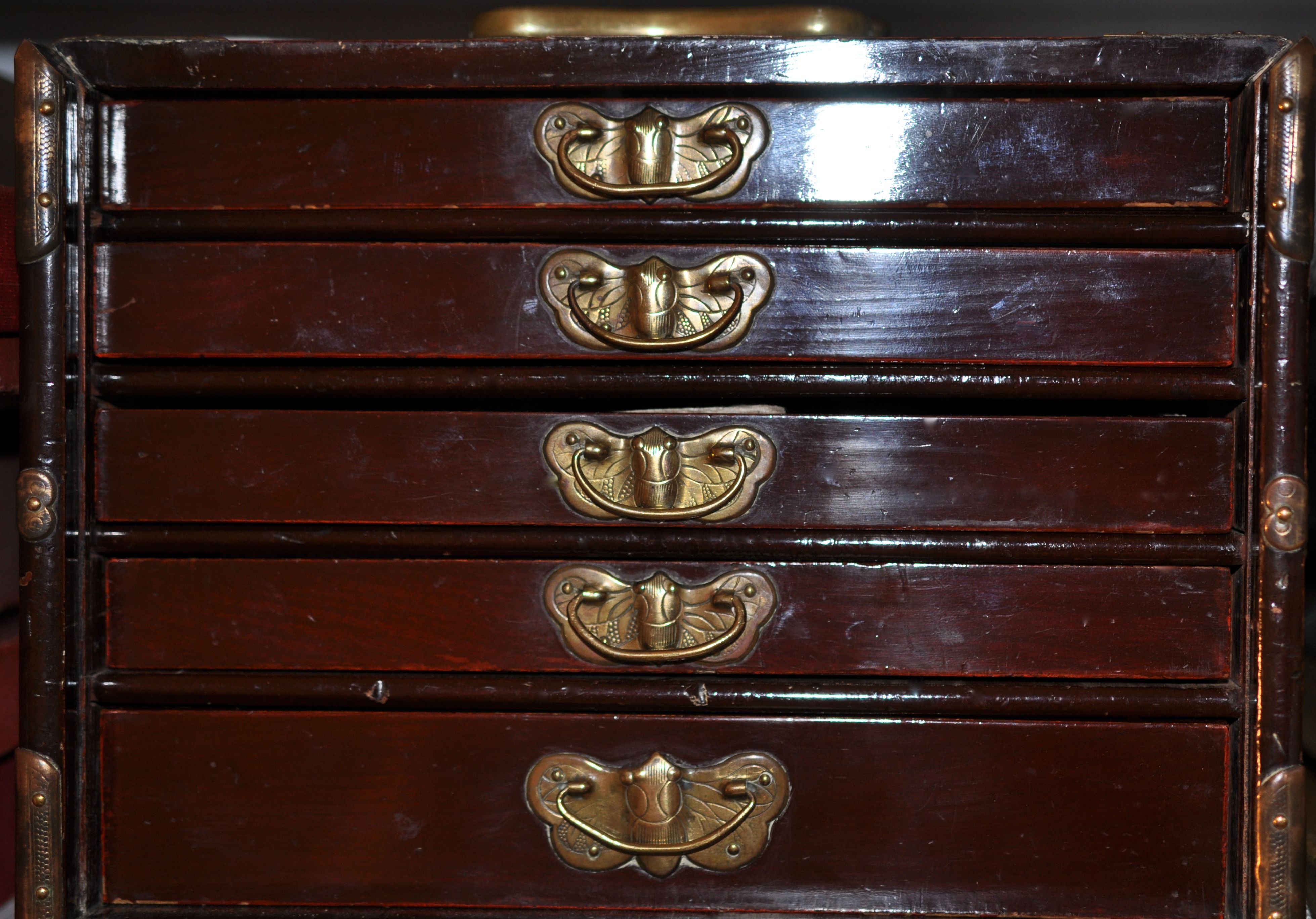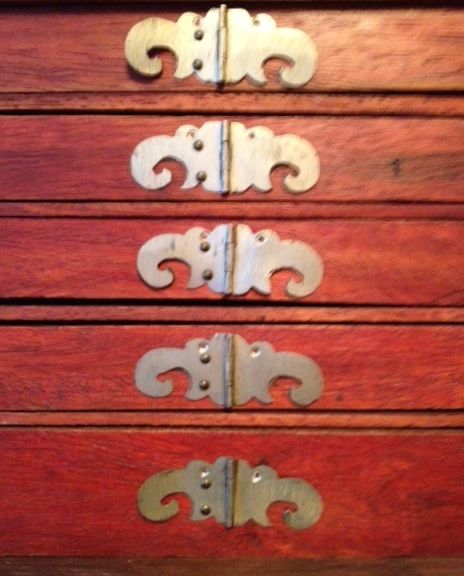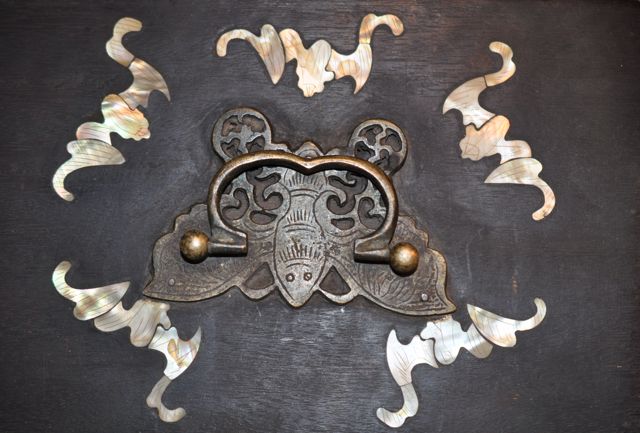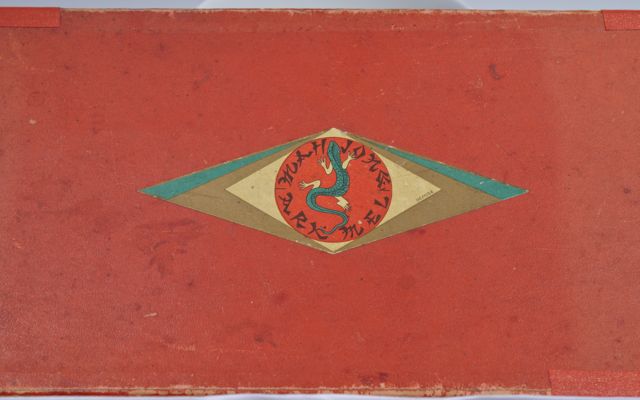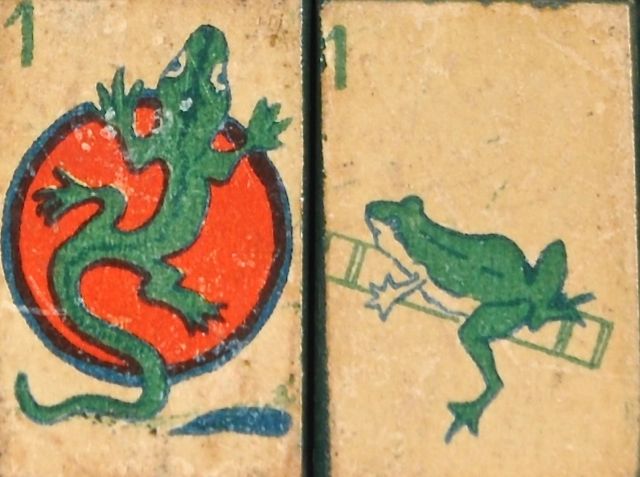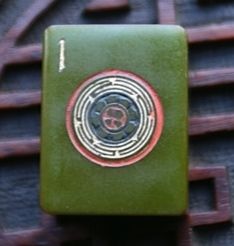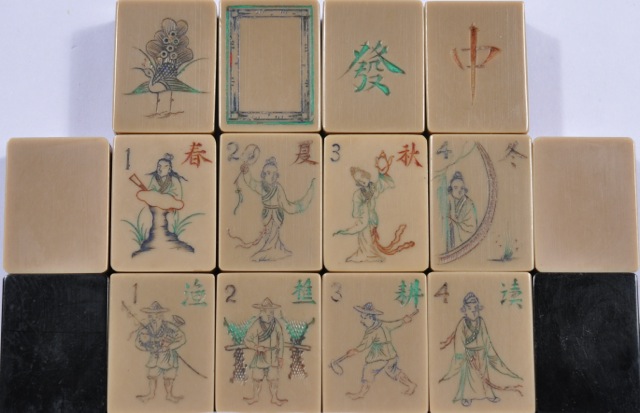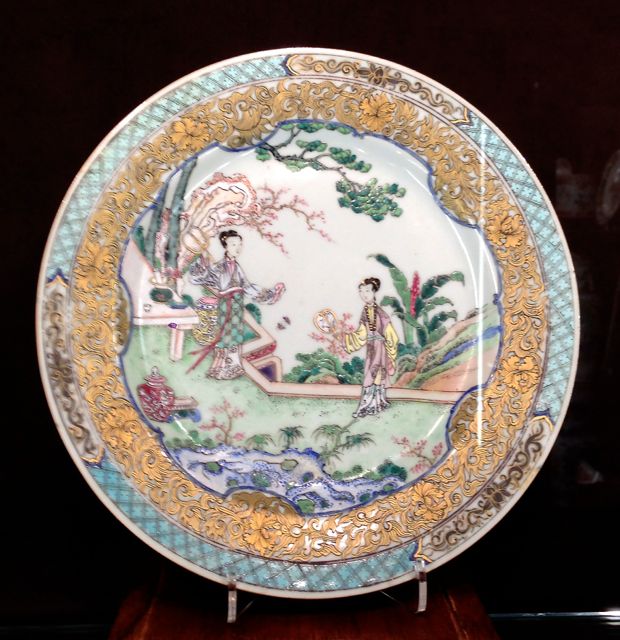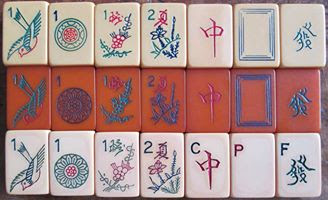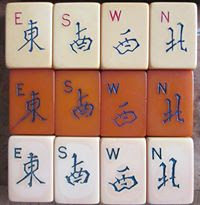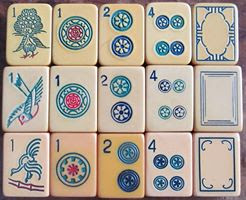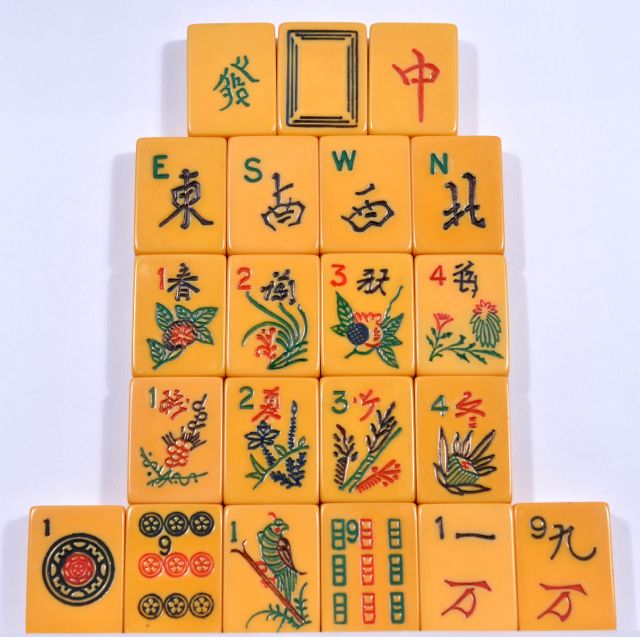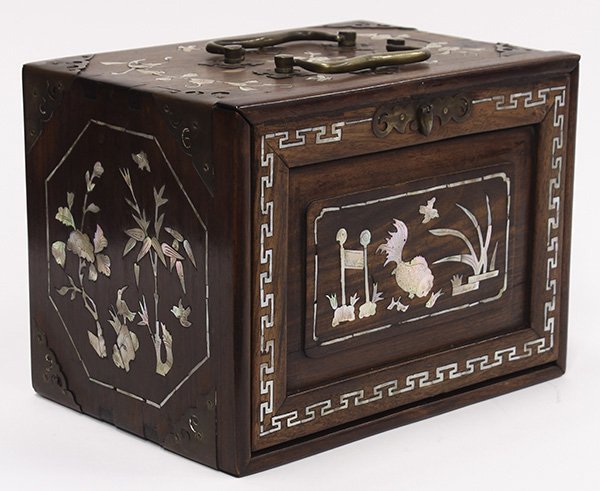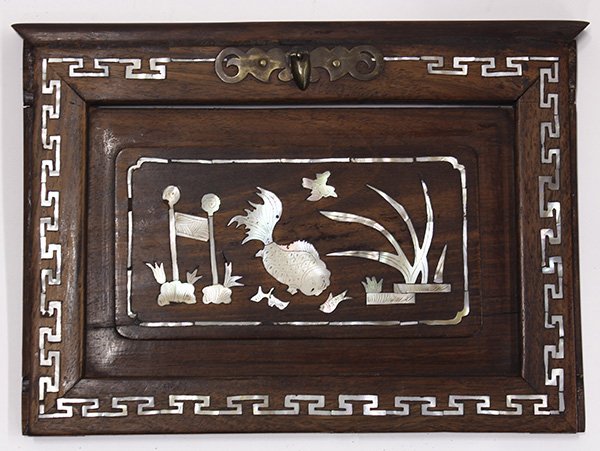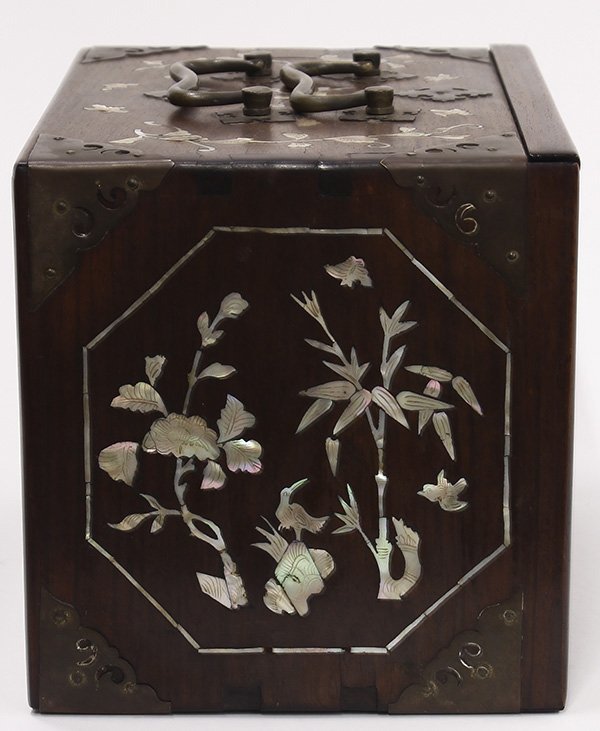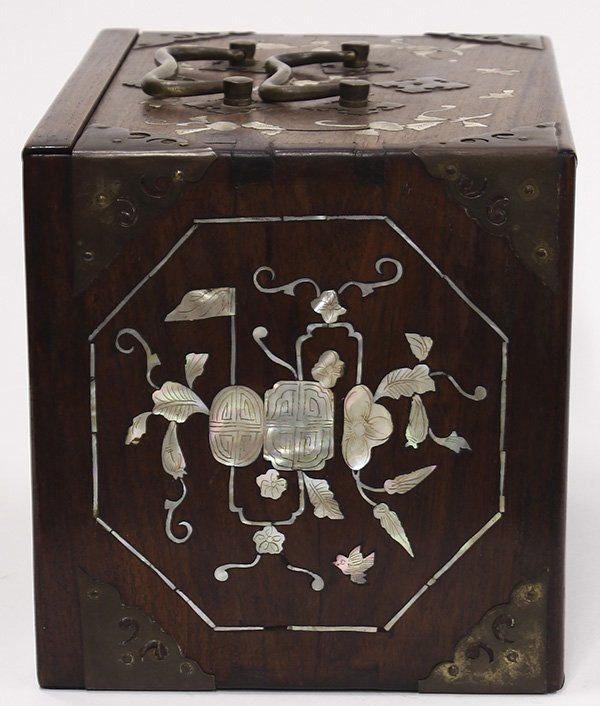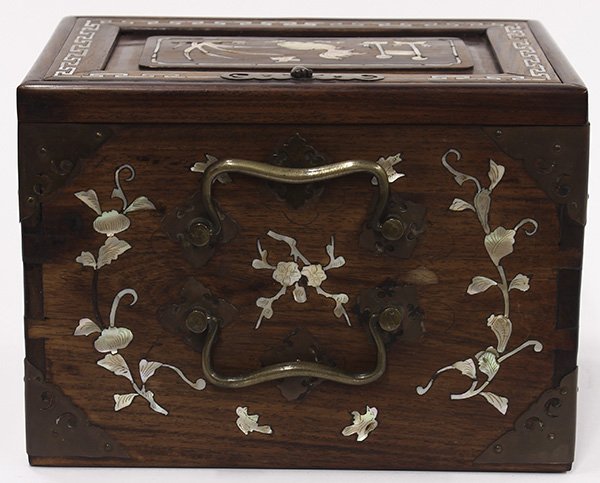In China the orchid is traditionally associated with spring. The polar vortex has left our area, after what seemed to most of us to be a very long stay, so it is time to celebrate. And how better than to look at orchids, some created by nature and others brought to us by artists. We will look at Mahjong tiles with this pairing, and a photograph of some real beauties on display in the Bronx.
The above ink work is in the collection of the Metropolitan Museum of Art, and was painted by Ma Shouzhen during the Ming Dynasty. Here is an orchid; a few of the delicate blooms have fallen to the ground, but some remain intact. As we have seen in some other posts, the artist has chosen to position the plant next to a rock, a very common theme in Chinese art.
In China the orchid represents delicacy and elegance. Patricia Bjaaland Welch, in her book Chinese Art A Guide to Motifs and Visual Imagery
"They are specifically associated with women, love beauty and fertility; and secondly with virtue, moral elegance" and the refinement of a superior man who stands out in a crowd because of being a learned gentleman.
Rocks were often prized as objects of beauty, and we know they are objects of permanence. And so the rock with the orchid might be a play upon visual beauty, some of which is short lived and some permanent throughout time.
Above we have a version of paired Mahjong flowers. The hand carved bone and bamboo tile flower on the left is the orchid, with a rock just below the edge of the pot. Of course a rock appears in the other half of the diptych as well.
Above a vase, holding a hand carved Mahjong tile orchid, has a rock right next to it. Again, it seems like some of the blossoms may have fallen, thus alluding to the impermanence of some kinds of beauty.
Although not hand carved, these tiles by Imperial feature a vase of orchids and the rock beside them.
Above is a photo from a set by Selfridge's, with a paper face showing the orchid in a vase with a rock in a pot right behind. Clearly the pairing of the two was important enough to feature on all tiles of Mahjong tiles.
And we'll end with a photo of some other stars of the orchid show at the Bronx Botanical Garden, these exquisite pink orchids. There is no indication of nearby rocks, but, then again, this show is not Chinese art, but rather a celebration of the beauty of orchids. Given that the show ends today, it is another indication of the need to appreciate etherial beauty when we have a chance.

